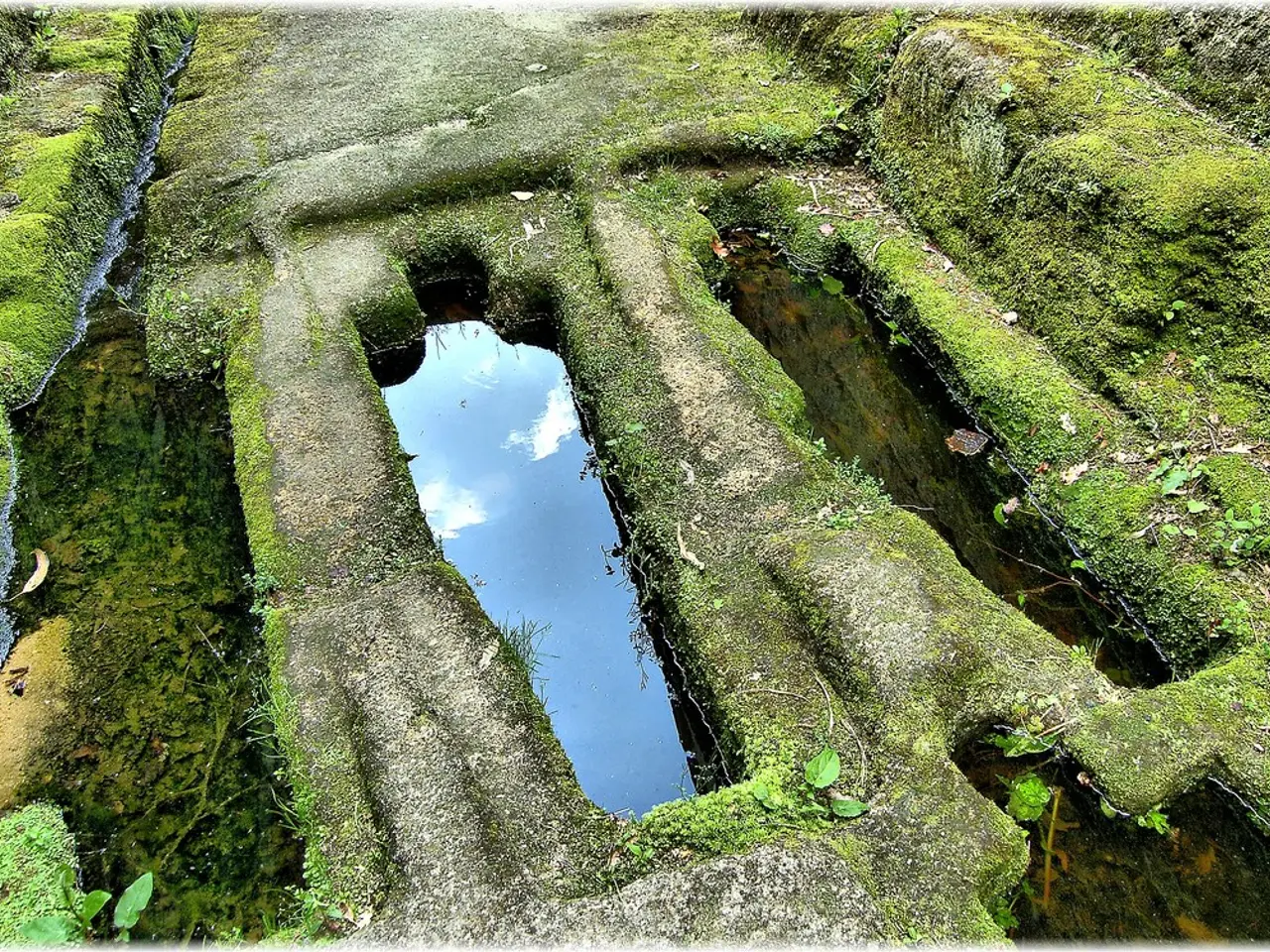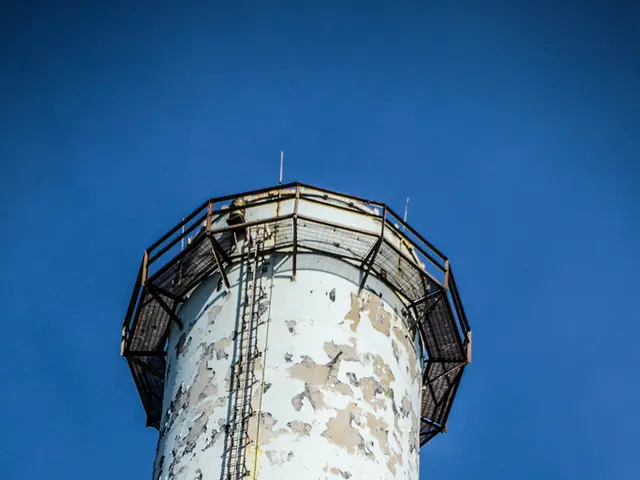The potential success of green hydrogen may be faltering
Green hydrogen, the most abundant element in the universe, is gaining attention as a potential clean energy source. However, the path to large-scale production and transportation of this highly combustible gas is fraught with challenges.
One company at the forefront of this endeavour is Fortescue, an Australian mining and energy company. Fortescue is focusing its renewable hydrogen business on green iron and ammonia production, with CEO Dino Otranto asserting that green hydrogen is the most viable pathway to produce green iron at scale.
Yet, the regulatory environment, infrastructure, and policy uncertainty are significant challenges. These issues are not unique to Fortescue, as demonstrated by the withdrawal of Luxembourg-based steel conglomerate ArcelorMittal from a plan to make its two German steelworks carbon-neutral by 2050 using green hydrogen. The company returned €1.3 billion ($1.5 billion) in subsidies due to cost escalations.
Oil and gas giant BP also cancelled its $36 billion investment in a renewable energy and green hydrogen project in Western Australia, highlighting the financial hurdles in this sector.
The high cost of green hydrogen is primarily due to the cost of electricity. While the cost of green electricity has been falling, it needs to fall further for hydrogen to be cost-competitive with other fuels. Alison Reeve, program director of the Grattan Institute, echoes this sentiment, noting that most of the cost of green hydrogen comes from the cost of electricity.
Despite these challenges, the EU is planning to produce and import 20 million tons of renewable hydrogen per annum by 2030. However, only 17% of the planned hydrogen projects will be realised by the end of the decade, indicating a gap between ambition and reality.
Companies like Siemens Energy and Shell have scaled back or paused certain large-scale green hydrogen infrastructure investments due to high costs and uncertain market conditions. Alison Reeve suggests that green hydrogen will likely only occupy a 'niche' in the clean energy mix.
However, advances in ore smelting using electricity directly, rather than turning it into hydrogen first, are being noted. This could potentially reduce the role of hydrogen in long-distance shipping, where batteries and e-methanol are becoming viable options.
Despite the challenges, Fortescue remains optimistic about green hydrogen's potential. Fortescue signed a deal with E.On to supply up to five million tons of low-emission green hydrogen to Europe annually. However, the German-Australian deal for green hydrogen supply is dead, as E.On has since retreated from investment in large-scale green hydrogen infrastructure and slashed import targets.
Scaling green hydrogen, particularly as an export product, presents real challenges due to limited infrastructure, policy uncertainty, and evolving regulatory environment, according to Otranto. The race for large-scale production and transportation of green hydrogen has taken off, but the journey towards a cleaner energy future is complex and filled with hurdles.
Read also:
- chaos unveiled on Clowning Street: week 63's antics from 'Two-Tier Keir' and his chaotic Labour Circus
- Racing ahead in Renewable Energy Dominance: Changzhou, Jiangsu Pushes for Worldwide Renewable Energy Ascendancy
- The potential consequences of the European Union's Clean Hydrogen strategy in relation to exacerbating our global climate emergency.
- Unchecked carbon emissions could potentially lead the world to revert to coal usage, according to a knowledgeable source.








